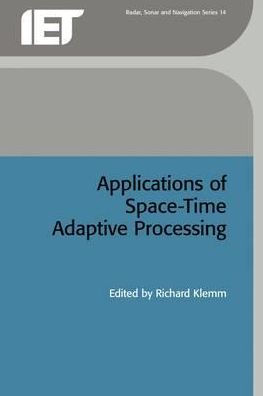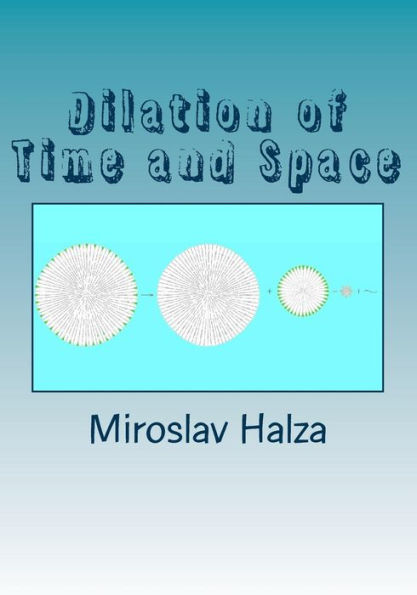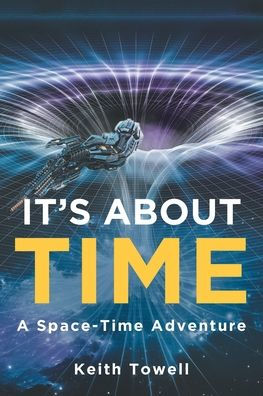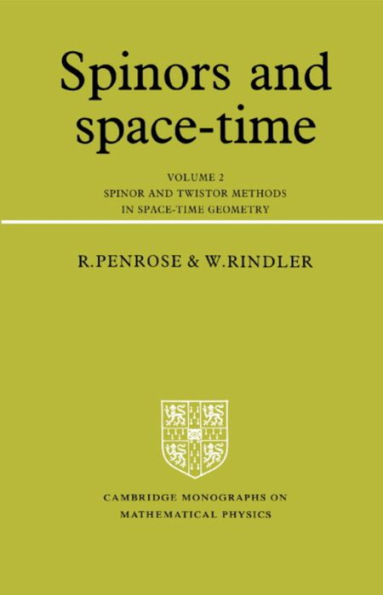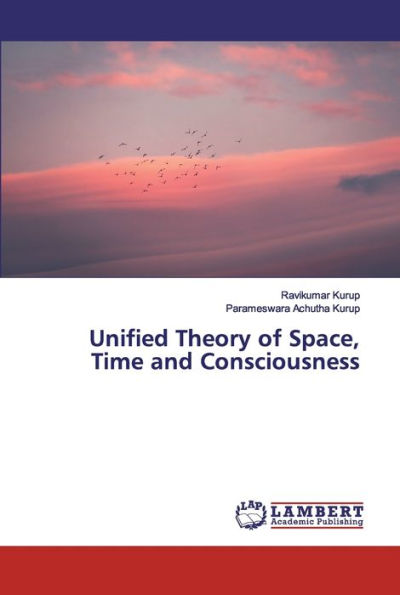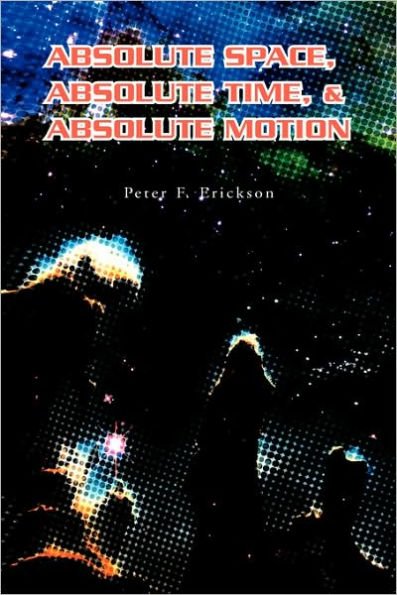Home
Space and space-time applications to environment


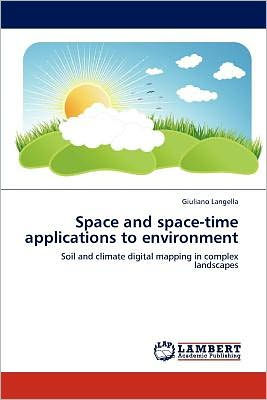
Space and space-time applications to environment
Current price: $73.44
Loading Inventory...
Size: OS
Digital mapping is a key tool to study, understand and depict environmental parameters. Spatial variability within the landscape is measured at point observation locations, and it is modelled as continua using spatially exhaustive ancillary information. Many technologies are available as sources of usable and low cost ancillary information, such as probe sensing (e.g. proximal geophysics, air borne laser scanning, satellite imagery), and digital terrain analysis (e.g. combining a digital elevation model with the gravitational field). The complete picture of the environmental complexity is gained when point measurements are repeated in time domain to create a point spatiotemporal dataset. Many statistical techniques exist to explore the variation of environmental parameters at measured point locations in the attribute, geographic and/or temporal domains. This dissertation includes two main applications to environment: the digital mapping of some key soil features using spatial statistics (such as geostatistics, fuzzy logic, and artificial neural networks); and the spatiotemporal analysis of daily and spatially sparse rainfall data using ensembles of neural networks.
